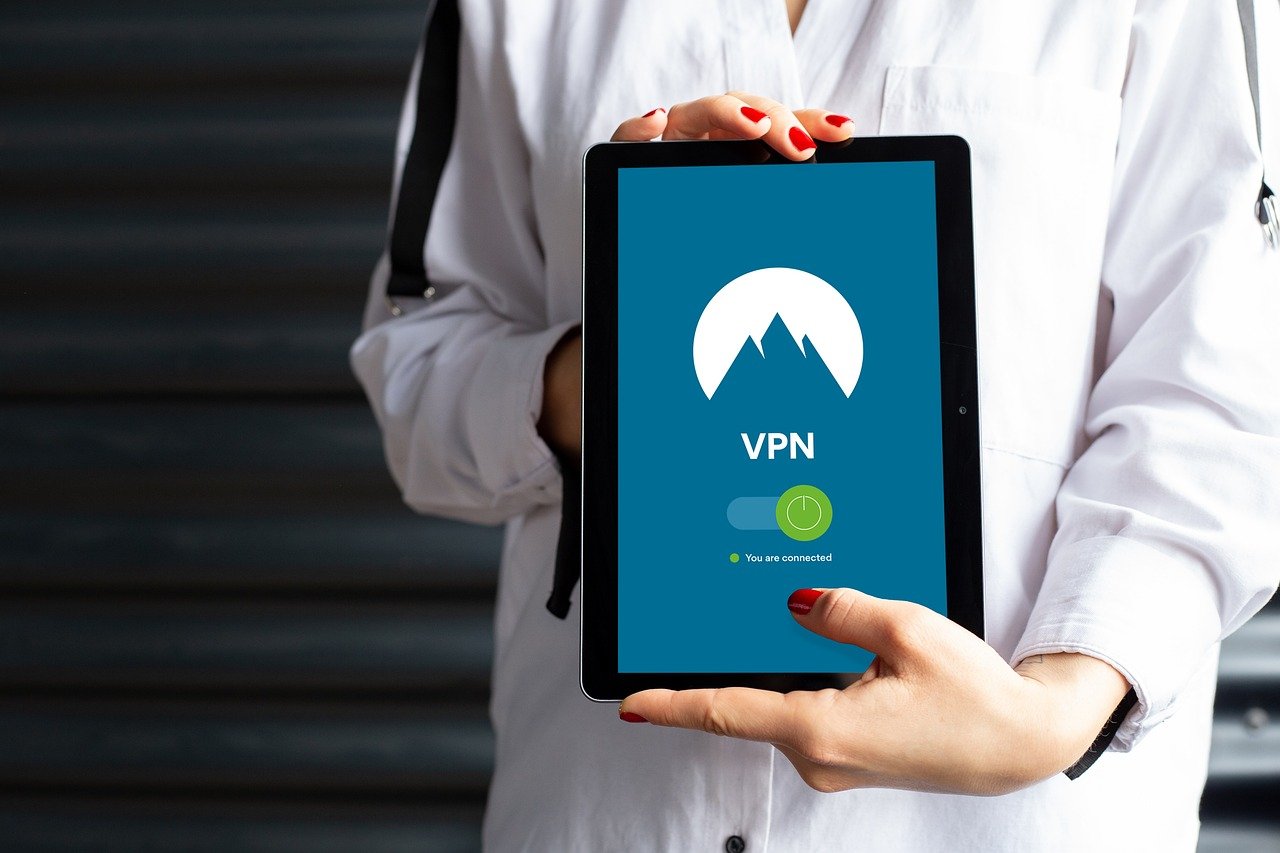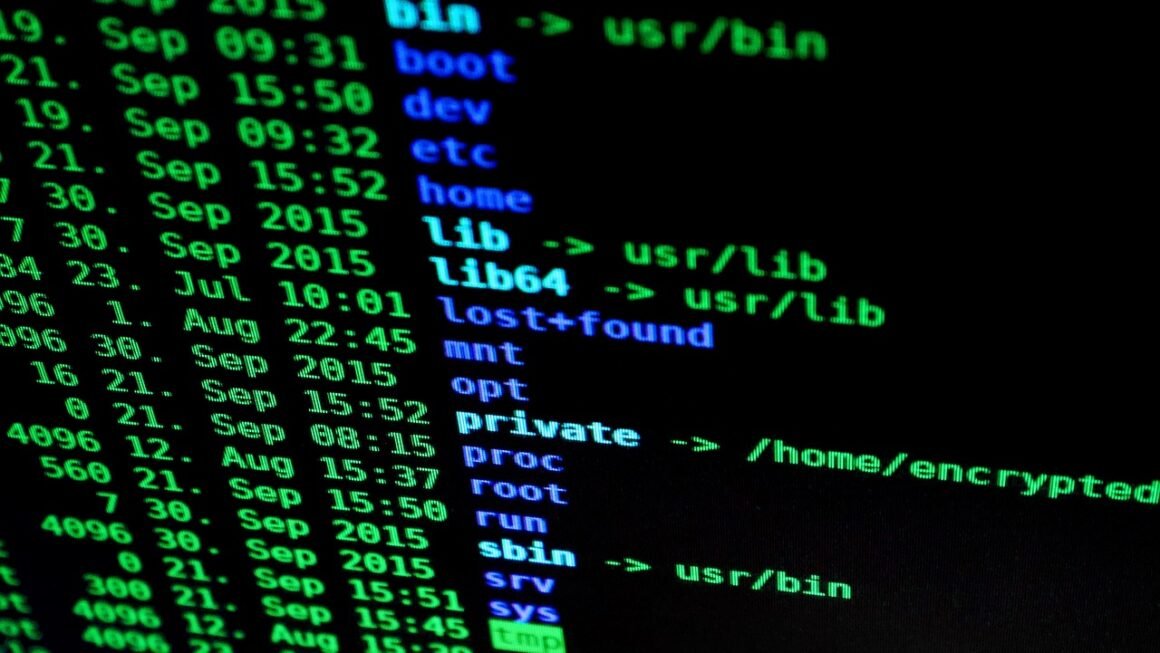Cyberattacks are no longer a question of “if” but “when.” In today’s interconnected world, organizations face a relentless barrage of threats targeting their data, systems, and reputation. Simply focusing on prevention is no longer sufficient. Businesses need to build cyber resilience – the ability to not only withstand attacks but also to adapt, recover, and thrive in the face of adversity. This blog post will delve into the core principles of cyber resilience, providing actionable strategies to strengthen your organization’s defenses and ensure business continuity.
Understanding Cyber Resilience
Cyber resilience is more than just cybersecurity. It’s a holistic approach encompassing technical safeguards, organizational processes, and a proactive mindset that allows an organization to anticipate, withstand, recover from, and adapt to cyber threats. It’s about minimizing the impact of a successful attack and maintaining essential business functions.
Defining Cyber Resilience
- Cyber resilience is not a product but a process.
- It focuses on business outcomes, not just technical controls.
- It involves a shift from reactive to proactive security.
- It emphasizes continuous improvement and adaptation.
A crucial aspect of defining cyber resilience is understanding the difference between it and traditional cybersecurity. Cybersecurity primarily focuses on preventing attacks, while cyber resilience prepares for inevitable breaches and focuses on minimizing the damage.
The Pillars of Cyber Resilience
Cyber resilience rests on a foundation of interconnected pillars:
- Identify: Understanding your organization’s assets, vulnerabilities, and threats.
- Protect: Implementing security controls to prevent and mitigate attacks.
- Detect: Monitoring for suspicious activity and identifying incidents early.
- Respond: Taking swift action to contain and remediate incidents.
- Recover: Restoring systems and data to normal operations.
- Adapt: Learning from incidents and continuously improving security posture.
These pillars are not independent; they work together to create a comprehensive and adaptive defense. For example, improved detection capabilities (detect) can inform protection strategies (protect) and improve incident response plans (respond).
Why is Cyber Resilience Important?
- Reduced Business Disruption: Minimizes downtime and financial losses from attacks.
- Enhanced Reputation: Maintains customer trust and brand loyalty.
- Improved Regulatory Compliance: Helps meet industry standards and legal requirements.
- Increased Competitive Advantage: Demonstrates commitment to security and reliability.
- Proactive Threat Management: Anticipates and mitigates emerging threats effectively.
According to IBM’s Cost of a Data Breach Report 2023, the global average cost of a data breach reached $4.45 million. Investing in cyber resilience is a critical business imperative to mitigate these costs and protect an organization’s bottom line.
Building a Cyber Resilient Strategy
Developing a robust cyber resilience strategy requires a structured approach that aligns with your organization’s specific needs and risk profile.
Risk Assessment and Management
- Identify critical assets: Determine which systems, data, and processes are most crucial to your business.
- Assess vulnerabilities: Identify weaknesses in your security posture that could be exploited by attackers.
- Prioritize risks: Focus on the threats that pose the greatest potential impact to your organization.
- Develop mitigation plans: Implement controls to reduce the likelihood and impact of identified risks.
A practical example would be conducting a penetration test to identify vulnerabilities in your web applications. This assessment will reveal weaknesses that could be exploited and inform mitigation strategies such as implementing a web application firewall (WAF).
Security Controls and Technologies
- Endpoint Protection: Implement anti-malware, endpoint detection and response (EDR), and data loss prevention (DLP) solutions.
- Network Security: Use firewalls, intrusion detection/prevention systems (IDS/IPS), and network segmentation to protect your network.
- Identity and Access Management (IAM): Implement strong authentication, role-based access control (RBAC), and privileged access management (PAM).
- Data Security: Encrypt sensitive data, implement data masking techniques, and enforce data retention policies.
- Vulnerability Management: Regularly scan for vulnerabilities and patch systems promptly.
Implementing multi-factor authentication (MFA) is a crucial security control. It adds an extra layer of protection, making it significantly harder for attackers to gain unauthorized access, even if they have stolen a user’s password.
Incident Response Planning
- Develop a comprehensive incident response plan (IRP) that outlines procedures for detecting, containing, eradicating, recovering from, and learning from security incidents.
- Assign roles and responsibilities to incident response team members.
- Establish communication channels for internal and external stakeholders.
- Regularly test and update the IRP through tabletop exercises and simulations.
A well-defined IRP should include clear steps for isolating infected systems, preserving evidence, and communicating with affected parties. For example, the plan should specify who is responsible for notifying customers and regulatory bodies in the event of a data breach.
Enhancing Detection and Response Capabilities
Proactive detection and rapid response are essential for minimizing the impact of cyberattacks.
Security Information and Event Management (SIEM)
- Implement a SIEM system to collect and analyze security logs from various sources.
- Configure alerts and dashboards to identify suspicious activity and potential security incidents.
- Use SIEM to correlate events and identify patterns that might indicate a larger attack.
A SIEM system can be configured to alert security teams when multiple failed login attempts are detected from a single IP address, which could be a sign of a brute-force attack.
Threat Intelligence
- Leverage threat intelligence feeds to stay informed about emerging threats and vulnerabilities.
- Use threat intelligence to proactively identify and mitigate potential risks.
- Share threat intelligence with other organizations to improve collective security.
Subscribing to threat intelligence feeds can provide information about newly discovered malware variants and their indicators of compromise (IOCs). This information can be used to update security tools and proactively block malicious traffic.
Automated Response
- Implement security orchestration, automation, and response (SOAR) tools to automate incident response tasks.
- Automate tasks such as blocking malicious IP addresses, isolating infected systems, and sending notifications to relevant stakeholders.
A SOAR platform can be configured to automatically isolate an infected endpoint from the network when a malware infection is detected, preventing the malware from spreading to other systems.
Cultivating a Cyber Resilient Culture
Cyber resilience is not just a technical matter; it requires a strong organizational culture that prioritizes security.
Security Awareness Training
- Provide regular security awareness training to employees to educate them about common threats and best practices.
- Cover topics such as phishing, social engineering, password security, and data protection.
- Use engaging and interactive training methods to improve employee retention.
Phishing simulations are an effective way to train employees to identify and avoid phishing attacks. These simulations involve sending realistic-looking phishing emails to employees and tracking who clicks on the links or provides sensitive information.
Employee Empowerment
- Encourage employees to report suspicious activity and potential security incidents.
- Provide employees with the tools and resources they need to protect themselves and the organization.
- Recognize and reward employees who demonstrate good security practices.
Creating a culture of “see something, say something” encourages employees to report potential security threats without fear of retribution. This can help identify and address incidents early on before they cause significant damage.
Leadership Commitment
- Ensure that senior management is actively involved in promoting cyber resilience.
- Allocate sufficient resources to support security initiatives.
- Communicate the importance of security to all employees.
When senior management demonstrates a strong commitment to cyber resilience, it sends a clear message that security is a priority and that all employees are responsible for protecting the organization’s assets.
Continuous Improvement and Adaptation
The cyber threat landscape is constantly evolving, so it’s crucial to continuously improve and adapt your cyber resilience strategy.
Post-Incident Reviews
- Conduct thorough post-incident reviews to identify lessons learned from security incidents.
- Analyze the root causes of incidents and implement corrective actions to prevent recurrence.
- Document findings and recommendations for future incidents.
Following a successful ransomware attack, a post-incident review should analyze how the attackers gained access to the system, what vulnerabilities were exploited, and how the incident could have been prevented. This information can be used to improve security controls and incident response procedures.
Regular Security Audits and Assessments
- Conduct regular security audits and assessments to identify weaknesses in your security posture.
- Use independent auditors to provide an objective evaluation of your security controls.
- Implement recommendations from audits and assessments to improve your security posture.
A security audit might reveal that a critical server is running an outdated version of software with known vulnerabilities. This finding would prompt the organization to patch the server immediately to reduce the risk of exploitation.
Staying Updated on Emerging Threats
- Monitor industry news and security blogs to stay informed about emerging threats and vulnerabilities.
- Attend security conferences and webinars to learn from industry experts.
- Participate in information sharing groups to collaborate with other organizations.
Staying informed about the latest ransomware trends can help organizations proactively implement defenses against new attack techniques. For example, learning about the rise of double extortion ransomware can prompt organizations to focus on improving data backup and recovery procedures.
Conclusion
Cyber resilience is not a one-time project but an ongoing process. By embracing a proactive, adaptive, and holistic approach to security, organizations can significantly enhance their ability to withstand cyberattacks, minimize the impact of breaches, and maintain business continuity. This commitment not only protects your organization’s assets but also strengthens its reputation and fosters trust with customers and stakeholders. Implementing the strategies outlined in this guide will empower your organization to thrive in an increasingly complex and challenging digital landscape.



